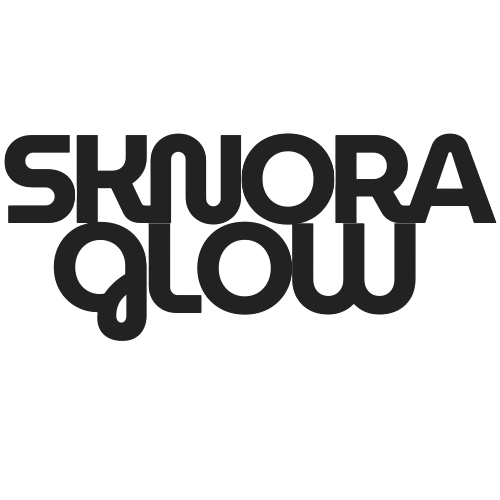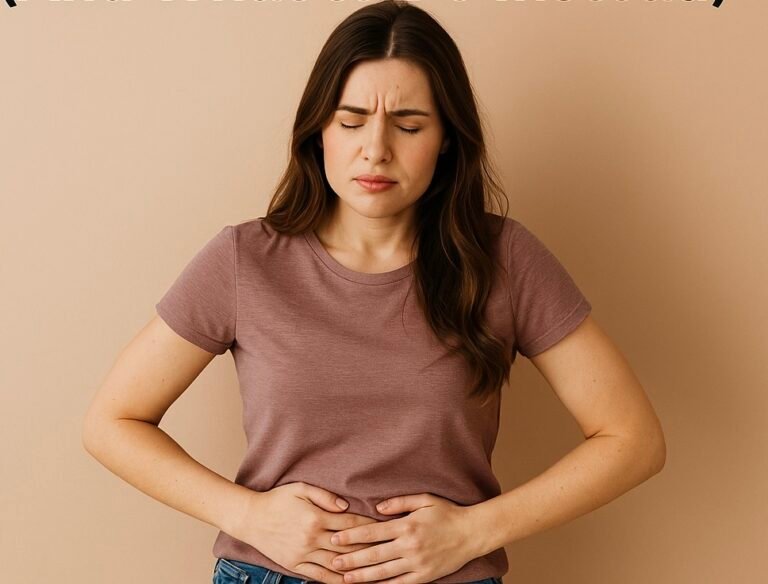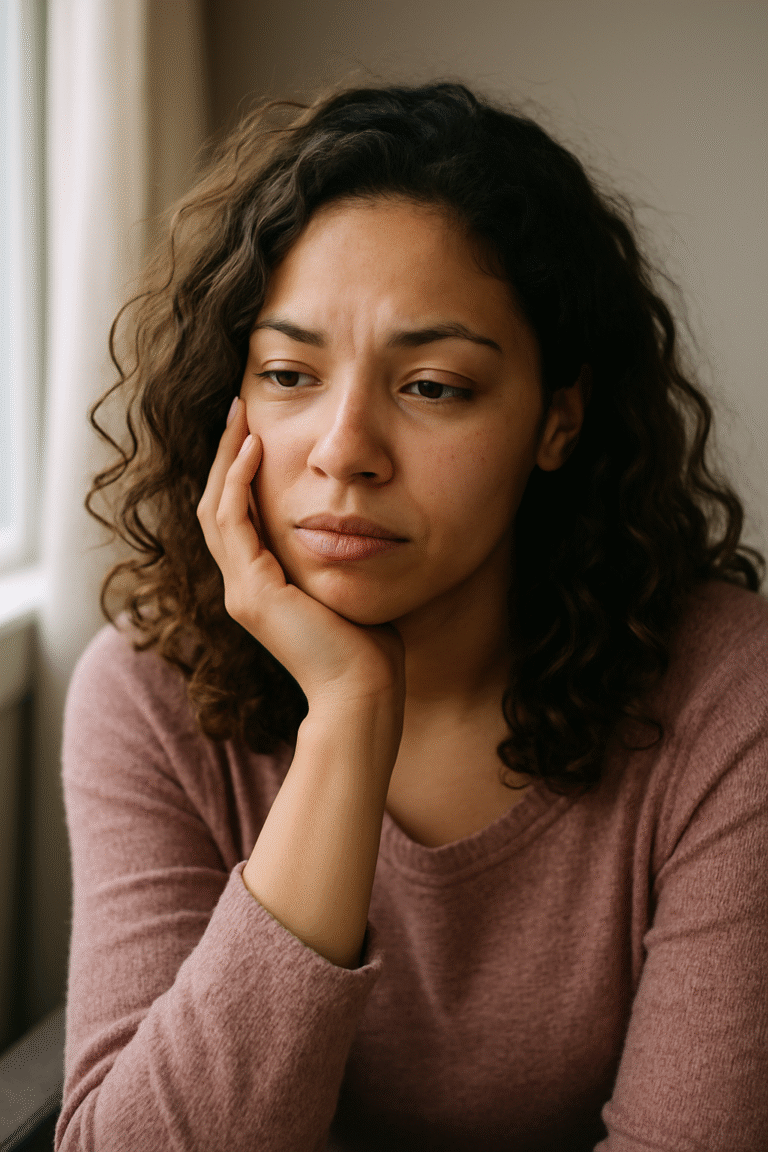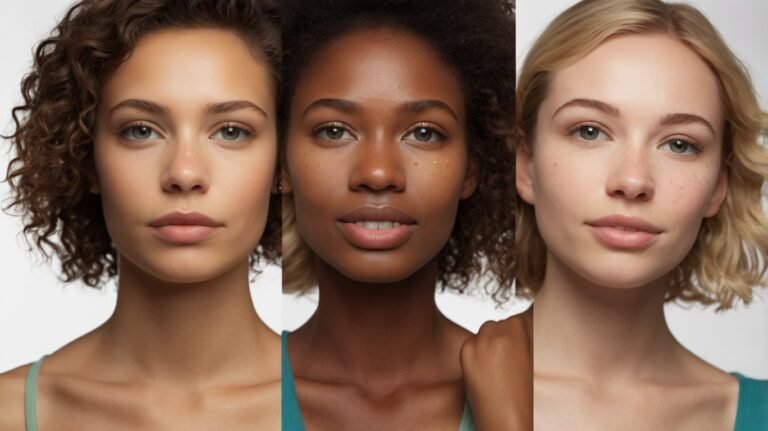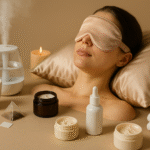Female hair thinning causes are more common than you think. Discover expert advice, top shampoos, serums, and natural remedies to stop hair loss and regrow stronger strands.
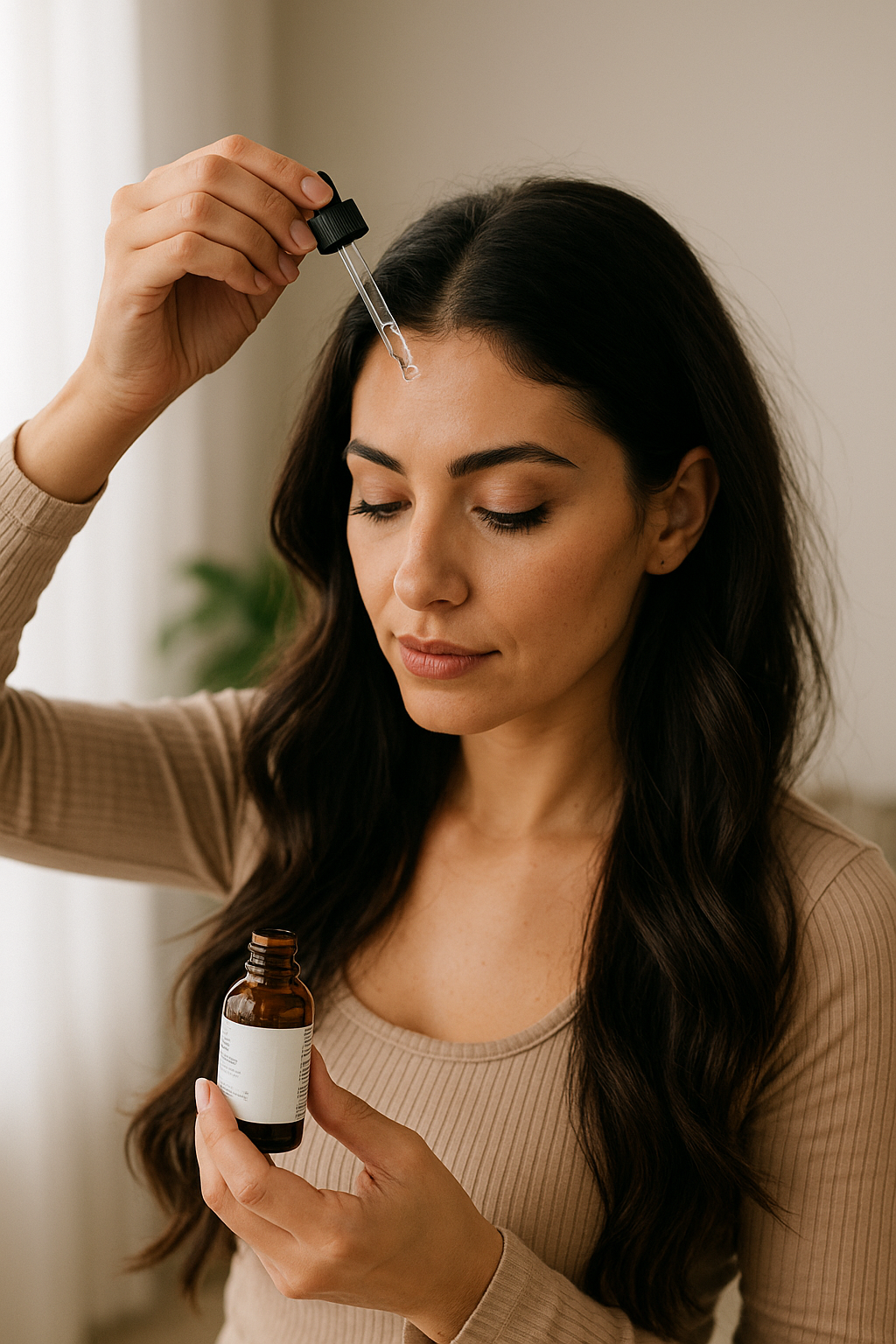
Affiliate Disclaimer: This post contains affiliate links. I may earn a small commission if you buy through them—at no extra cost to you. Thanks for supporting this blog!
The Silent Epidemic: Why Women’s Hair Loss Is So Common Yet Taboo
Social stigma and emotional toll
Hair loss isn’t just a men’s issue. In fact, nearly 40% of women experience noticeable thinning by age 50. Yet many suffer in silence, feeling embarrassed or less feminine. Society’s beauty standards often link long, voluminous hair with attractiveness and health — so losing it can deeply affect self-esteem.
Hair loss vs hair thinning — What’s the difference?
Hair thinning refers to a gradual reduction in hair density, whereas hair loss (alopecia) can mean patches of complete baldness. Thinning is often diffuse, affecting the whole scalp, and is more subtle — making it harder to detect until it’s advanced.
Female Hair Thinning Causes — The Science Behind It
Hormonal imbalances (PCOS, menopause)
Fluctuating hormones are a major culprit. PCOS can cause excessive androgens that miniaturize hair follicles, while menopause often leads to estrogen decline, making hair finer.
Stress and nutritional deficiencies
Chronic stress triggers telogen effluvium — a condition where hair prematurely enters the shedding phase. Low iron, vitamin D, and zinc levels can also contribute to thinning.
Genetics and medical conditions
If your mom or grandmother experienced hair thinning, you’re more likely to face it too. Autoimmune diseases like lupus or thyroid disorders can also be to blame.
Expert Voices: What Dermatologists & Trichologists Want You to Know
Interview: What triggers hair loss in women?
Dr. Sophia Lin, dermatologist: “Hair loss isn’t just cosmetic. It’s often a sign of an internal imbalance. We need to look beyond the scalp.”
How to diagnose the root cause
Blood work, scalp biopsies, and digital trichoscopy can identify nutrient gaps, hormone imbalances, and pattern baldness.
Red flags vs normal shedding
Shedding 50–100 hairs a day is normal. But if you’re losing more than that or noticing wider parts, don’t ignore it.
The Best Shampoos for Hair Loss in Women (Reviewed + Ranked)
Key ingredients to look for
- Caffeine: Stimulates hair follicles
- Ketoconazole: Fights inflammation
- Biotin & Niacinamide: Strengthen and nourish
Drugstore vs salon-quality options
You don’t have to spend a fortune. Some drugstore shampoos (like Pura D’or and OGX) are dermatologist-approved.
Top 5 expert-recommended shampoos
| Shampoo | Key Ingredient |
|---|---|
| Nioxin System Kit | Niacinamide |
| Bondi Boost HG Shampoo | Peppermint oil |
| Pura D’or Gold Label | Biotin |
| Kérastase Genesis | Aminexil |
| OGX Thick & Full | Caffeine |
Hair Growth Serums: What Works, What’s Hype
Influencer-tested top serums
Vegamour GRO, The Ordinary Multi-Peptide Serum, and Rogaine Women’s Foam. Only Rogaine and Vegamour delivered visible results in 8–12 weeks.
FDA-approved vs natural alternatives
Minoxidil is the only FDA-approved topical for female hair loss. Natural options like rosemary oil, caffeine serums, and peptides also show promise.
Application tips for better absorption
Apply directly to the scalp, not the hair. Massage for 2-3 minutes, preferably after microneedling or scalp exfoliation for better absorption.
Scalp Health 101: Why It’s the Root of Everything
How to exfoliate your scalp
Dead skin and product buildup can block follicles. Use salicylic acid treatments or gentle sugar scrubs weekly.
Oils, massages, and circulation
Coconut oil, castor oil, and rosemary oil improve scalp health. Daily 5-minute massages stimulate blood flow to encourage growth.
Best scalp brushes and tools
Try silicone scalp massagers or derma rollers (0.25 mm) to boost circulation and product penetration.
How to Regrow Hair Naturally (Female Edition)
Home remedies that actually work
- Onion juice (rich in sulfur)
- Aloe vera masks
- Rice water rinses
The power of biotin and collagen
Biotin (B7) strengthens keratin, while collagen supports hair shaft integrity. Both are essential for regrowth.
Anti-inflammatory diets for hair health
Focus on omega-3s (flaxseed, salmon), leafy greens, and berries. Avoid sugar and processed foods that spike inflammation.
Supplements That Support Hair Regrowth in Women
Top nutrients for stronger strands
- Zinc
- Vitamin D3
- Iron (especially for menstruating women)
Best multivitamins for hair loss
Viviscal, Nutrafol, and Olly Ultra Hair are all highly rated by dermatologists and users alike.
Warnings: What to avoid
Be cautious with mega-doses of biotin — it can skew lab tests. Always check with a healthcare provider first.
Lifestyle Tweaks That Help (Sleep, Stress, Exercise)
Why cortisol matters
Chronic stress increases cortisol levels, which can disrupt the hair growth cycle. High cortisol pushes hair follicles into the “resting” phase, leading to shedding. Managing stress isn’t just good for your mental health—it’s essential for your scalp health, too.
Yoga and breathwork for hair health
Mindful practices like yoga, meditation, and deep breathing lower cortisol. Even 10–15 minutes a day can make a difference. Certain poses like downward dog increase blood flow to the scalp, which may promote healthier follicles.
Rest and recovery for growth
Sleep is when the body regenerates. If you’re not getting 7–8 hours of quality sleep, your hair might be suffering. Set a sleep routine and limit blue light exposure before bed to support natural hair regrowth.
Styling Without Damaging: Safe Practices for Thinning Hair
Heat-free styling tips
Skip the flat irons and blow dryers when possible. Embrace heatless curls using satin rollers or braiding damp hair. Air-drying is your new best friend.
Choosing the right haircut
Layers can add volume and make thinning less obvious. Avoid heavy bangs or too-blunt cuts. A textured lob (long bob) is flattering and low-maintenance.
Volumizing products that won’t weigh down strands
Lightweight mousses, root-lifting sprays, and dry texturizing powders create the illusion of fullness without causing buildup.
Wigs, Extensions, and Toppers — When You Need a Confidence Boost
Natural-looking options for daily wear
High-quality wigs made from real human hair offer the most natural look. Lace-front wigs and silk tops are undetectable, even close up.
Pros and cons of each type
| Type | Pros | Cons |
|---|---|---|
| Wigs | Full coverage, style flexibility | Expensive, hot in summer |
| Extensions | Adds length & volume | Can tug on fragile hair |
| Toppers | Great for crown thinning | Needs blending with natural hair |
How to care for your hair underneath
Always allow your scalp to breathe. Don’t wear wigs or extensions 24/7. Use a satin cap, hydrate regularly, and follow a scalp care routine.
How Long Does It Take to Regrow Hair? What to Expect
Growth phases explained
Hair grows in three phases: anagen (growth), catagen (transition), and telogen (rest). Hair loss happens when too many follicles are in the telogen phase.
Timeline: 3 months, 6 months, 1 year
- 3 months: Reduced shedding, early baby hairs
- 6 months: Visible thickness and fuller roots
- 12 months: Noticeable regrowth and density
When to seek medical treatment
If you’ve followed a routine for 6 months with no improvement, see a dermatologist. You might need prescription treatments like spironolactone or advanced diagnostics like scalp biopsies.
Q1: Can thinning hair grow back?
Yes! If the follicles aren’t completely dormant or scarred, hair can regrow with the right care and consistency.
Q2: What’s the best shampoo for hair loss in women?
Look for ones with biotin, caffeine, or ketoconazole. Nioxin and Pura D’or are great starter options.
Q3: How do I know if my hair loss is hormonal?
If you also have acne, irregular periods, or weight changes, hormones could be to blame. Blood tests can confirm this.
Q4: Can hair thinning be reversed naturally?
Many women see success with natural oils, diet changes, and supplements—especially when caught early.
Q5: Are there any foods that promote hair growth?
Yes! Eggs, berries, fatty fish, leafy greens, and seeds all support hair health.
Q6: Is it safe to use Rogaine for women?
Absolutely. Women’s Rogaine (Minoxidil 2%) is FDA-approved and clinically proven for female pattern hair loss.
Final Thoughts: You’re Not Alone — There’s Help & Hope
Hair thinning can feel devastating, but it’s not a life sentence. With the right guidance, consistent effort, and compassion for yourself, regrowth is entirely possible. Don’t be afraid to ask for help — whether from a trichologist, a dermatologist, or even a fellow woman who’s walked the same path.
And remember, your hair may be telling you more about your overall health. Hormonal shifts are often linked to both hair loss and skin issues like acne. For more on how hormones affect your skin and scalp, check out this helpful guide on hormonal acne.
You’re not alone in this journey, and your hair story isn’t over.
